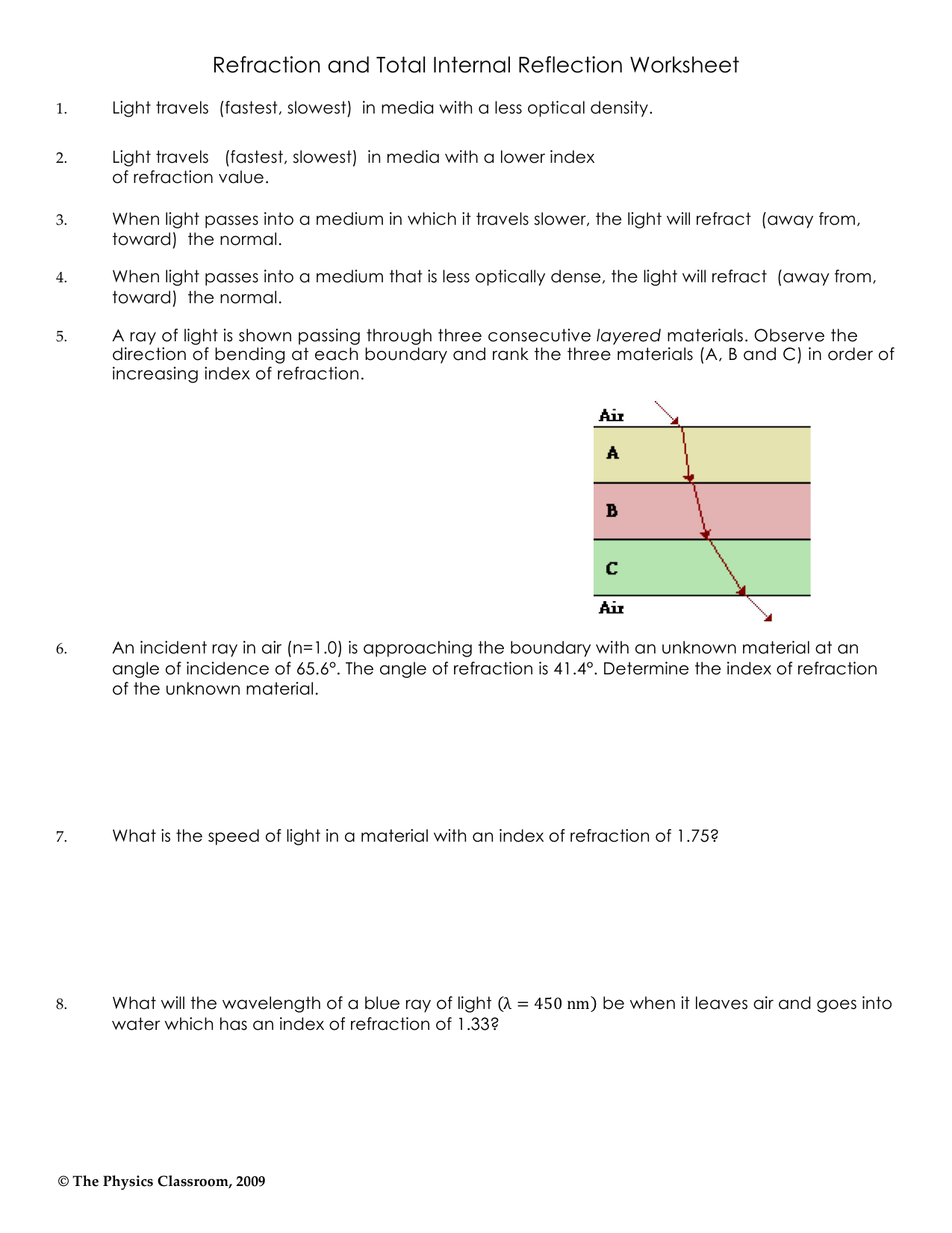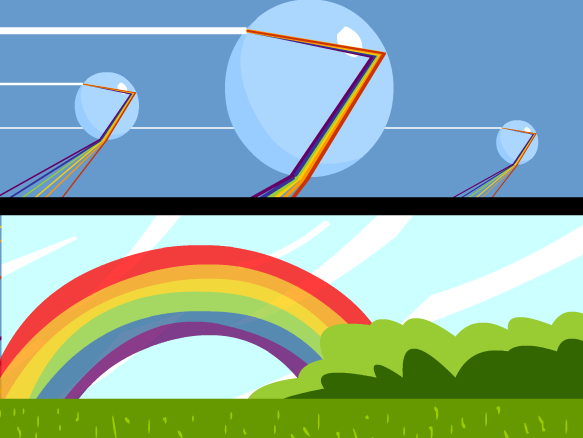

The following two videos cover the wide range of wave behaviour, including reflection, refraction, diffraction and wave superposition. Wave superposition occurs when two or more waves are travelling through the same medium at the same time, the net displacement at any point in time, is simply the sum of the individual wave displacements. Diffraction is the bending of waves around obstacles and openings. Reflection is the change in direction of a wavefront at an interface between two different media so that the wavefront returns into the medium from which it originated, while refraction is the change in direction of a wave passing from one medium to another. In this post, we explain the behaviour of waves in a variety of situations by investigating the phenomena of reflection, refraction, diffraction and wave superposition, as a part of the Prelim Physics course under the module Waves and Thermodynamics and sub-part Wave Behaviour. What is reflection, refraction, diffraction and wave superposition? Refraction, Diffraction and Interference. Latent Heat Involved in a Change of State An argument that links spacing to slit width and its effect on diffraction.Relationship between the Change in Temperature of an Object and its Specific Heat Capacity (Q = mc△T).Relationship Between the Temperature of an Object and Kinetic Energy.Applying Equations and Relationships to Solve Questions (Refraction Index, Snell's Law, Critical Angle, Intensity of Light).Relationship Between the Inverse Square Law, the Intensity of Light and the Transfer of Energy.Practical Investigation: Phenomenon of the Dispersion of Light.Refraction and Total Internal Reflection.Practical Investigation: Formation of Images in Mirrors and Lenses.Behaviour of Standing Waves on Strings and Pipes.Reflection, Diffraction, Resonance and Superposition of Sound Waves.Relationship Between Distance and Intensity of Sound When an electromagnetic wave is obliquely incident on the interface between two homogeneous media with different refractive indices, the requirement of phase.Displacement of Air Molecules as Variations in Pressure.Practical Investigation: Pitch and Loudness of a Sound.

Resonance in Mechanical Systems (Driving Frequency, Natural Frequency, Amplitude, Transfer of Energy).Reflection, Refraction, Diffraction and Wave Superposition.Graphs of Displacement as a Function of Time (Transverse and Longitudinal Waves).Diffraction can be controlled in size and sign by the input. Diffraction is when light rays go around opaque objects or through narrow openings, causing the light to look like it has been deflected. We show that refraction is restricted to a cone, irrespective of the initial tilt of the beam. Practical Investigation: Transverse, Longitudinal, Mechanical and Electromagnetic Waves In short, refraction is a light ray or energy wave bends when it passes from one medium to another.Practical Investigation: Creation of Mechanical Waves.


 0 kommentar(er)
0 kommentar(er)
